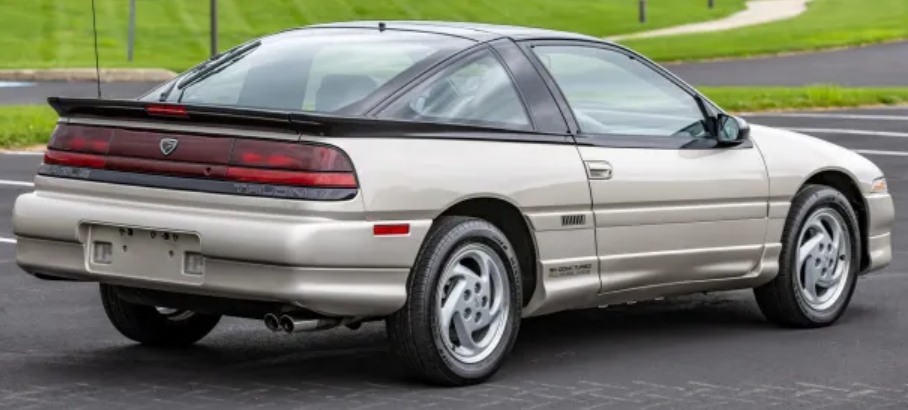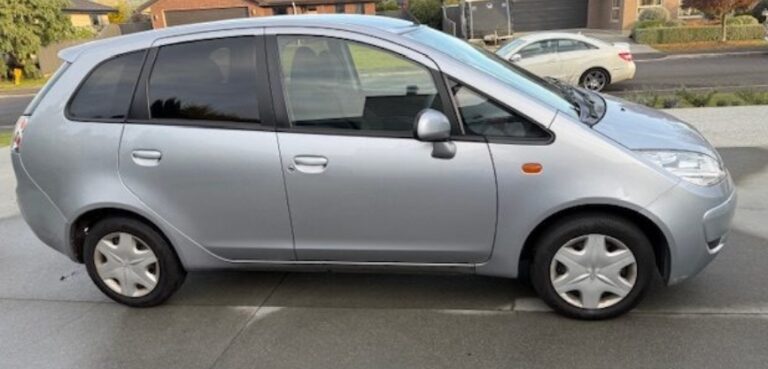The Evolution of the Eagle Talon: A Comprehensive History
The Eagle Talon remains an iconic part of American automotive history, particularly in the realm of sports compact cars. Introduced in the early 1990s, the Talon was one of the first models released under the Eagle brand, a subsidiary of Chrysler that existed from 1989 to 1998. The Talon underwent significant evolution during its production run, offering a variety of models and trim levels. This article will explore the development of the Eagle Talon, from its inception to its final years, while highlighting the key features and distinctions among its various models.
The Genesis of the Eagle Talon (1990-1991)
The story of the Eagle Talon begins in 1990, when it was introduced as a sporty compact coupe. The Talon was one of two models developed from a collaborative effort between Chrysler and Mitsubishi, sharing its platform with the Mitsubishi Eclipse and Plymouth Laser. This partnership allowed the Talon to benefit from Japanese engineering and styling, eventually establishing a solid footing in the early 90s American car market.
Models and Trim Levels (1990-1991)
During its initial production run from 1990 to 1991, the Eagle Talon was available in three main trim levels:
- Base: The base model came with a 1.8-liter inline-four engine producing 92 horsepower. It featured basic amenities, making it an attractive option for economy-conscious buyers.
- Talon ESi: The ESi trim introduced a more powerful 2.0-liter inline-four engine. It was rated at 135 horsepower and offered several creature comforts, such as power windows, locks, and an upgraded audio system.
- Talon TSi: The flagship model carried a turbocharged version of the 2.0-liter engine, generating 190 horsepower. The TSi also featured performance upgrades, including all-wheel drive and a sport-tuned suspension, making it a popular choice for enthusiasts.
A Rising Star (1992-1994)
By 1992, the Eagle Talon began to garner a following among performance enthusiasts. The second generation saw a stylistic update and improvements to handling characteristics. The engines received refinements, boosting reliability and performance.
Models and Trim Levels (1992-1994)
The Talon maintained its three core trims but introduced some new features:
- Base Model: Continued to offer the 1.8-liter engine with minor enhancements to efficiency.
- Talon ESi: The ESi featured upgraded amenities and a redesigned interior, elevating its comfort for daily driving.
- Talon TSi: This model established itself as a serious contender in the sports compact segment, with the turbocharged engine improved to 190 horsepower. The addition of an optional automatic transmission broadened its appeal to a wider demographic.
In 1994, the sport compact market was burgeoning, leading to increased competition. The Talon’s performance, coupled with striking design elements, helped it stand out during this period.
.
THIS might be a great place to get your new car from!
Or for those who are into the “car flipping” business, here’s an excellent resource for you!

.
The Peak of Popularity (1995-1998)
The mid-1990s marked the peak popularity for the Eagle Talon. With performance-oriented features, a growing fan base, and an engaging driving experience, the model’s reputation solidified in automotive culture.
Models and Trim Levels (1995-1998)
The Talon continued to offer three main trims, but the offerings became more distinct in terms of performance and features:
- Base Model: The base model from this period continued to use a naturally aspirated engine, and refinements led to better efficiency and performance.
- Talon ESi: The ESi was enhanced further with features such as an optional sunroof, premium sound systems, and improved upholstery options.
- Talon TSi AWD: The final iteration of the TSi emphasized all-wheel drive capabilities and reached its peak with a powerful 2.0-liter turbocharged engine. This model featured advanced performance components, including a limited-slip differential and sportier exterior styling.
In 1996, a facelift introduced a new front end and rear design, keeping the Talon fresh in a highly competitive market. The 1997 model-year carried forth similar engine designs but began to show higher reliability and performance stability.
The End of an Era (1998)
As the automotive landscape changed, Eagle, as a brand, struggled with identity and sales in the late 1990s. The imminent decline of the Eagle brand coincided with the introduction of the widely discussed “Dodge Neon” and other compact cars that began to capture market interest.
The last model year of the Eagle Talon, 1998, featured limited changes from previous years, with the TSi remaining the performance-focused variant. The shift towards more crossover and SUV models throughout the Chrysler family marked the declining market for coupes, ultimately leading to the decision to discontinue the Eagle brand.
The Final Trim Levels (1998)
The 1998 Eagle Talon lineup consisted of the following trims:
- Base Model: Though it remained popular, the base model saw declining interest amidst rising demand for utility vehicles.
- Talon ESi: The ESi had maintained some of its popularity, given its sporty solution for buyers who still craved a fun, compact ride.
- Talon TSi AWD: The TSi continued to be revered among enthusiasts for its turbocharged performance and all-wheel drive capabilities.
With the final Talon rolling off the assembly line in 1998, the Eagle brand, and with it, the Talon, became a nostalgic symbol of an era that cherished sporty coupes.
Legacy and Impact
While the Eagle Talon was discontinued in 1998, its legacy endures among enthusiasts and collectors. The Talon played a pivotal role in popularizing all-wheel drive and turbocharged technology in compact vehicles in the U.S market. Its blend of performance and affordability made it a contender in its category, and it contributed to the growing interest in modified and tuned vehicles within the aftermarket community.
The Talon’s engineering roots, alongside its derivatives—the Mitsubishi Eclipse and Plymouth Laser—continued to influence the automotive landscape, leading to a renewed interest in sport compact cars during the 2000s and beyond.
Throughout its existence, the Eagle Talon made a lasting impression on the hearts of many, standing as a testament to an innovative automotive partnership. Today, it exists as a nostalgic symbol of an era when sporty compacts like the Talon thrilled driving enthusiasts around the globe.







